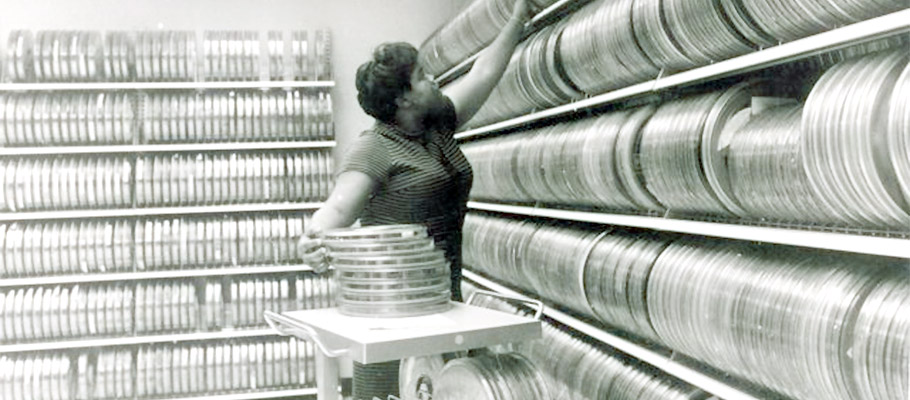
Flash, Drive or Tape - the archival medium of choice
With millions of users storing billions of photos and videos on cloud-based websites, storage is a hefty factor in our digital lives.
Think about it: at any point you'll decide to hoke out that photo from the nineties - the world's first selfie - and you'll expect it to be available right now. The poor file hasn't been touched in years, but it has to be ready for access right now. And that takes power.
The classic way to save power in archival mechanisms is to simply turn it off. Spin-down the hard disks and file those tapes away in the cupboard. Although robot tape archival systems can only access a tiny proportion of archived data at any time, they're very low-power. So it's hardly surprising that only recently - with advanced compression/deduplication on spun-down disks - have hard-drives compared with tape as cost-effective archival mechanisms.
But spun-down disks present the same problem as tape archive. Just try to restore your data from Amazon's Glacier service and you'll find the average time to spin-up the right disks and start your restore job is around 4hrs. And this is where flash storage shines. Sure, it has a finite data read/write lifetime, but in the archival scenario this is near zero.
As usual, cost is the major barrier to mass uptake. Flash manufacturing costs are plummeting, but not fast enough for a wholesale conversion to flash archival systems. The fact remains that for at least the next five years, flash will cost more than disk, and disk more than tape. So the smart money in the meantime is on combined systems like "Flape" (no, really), or flash-based metadata correlating to tape-based archived data.
No reports of "Flisk" or "Tash" systems just yet, but watch this space ..